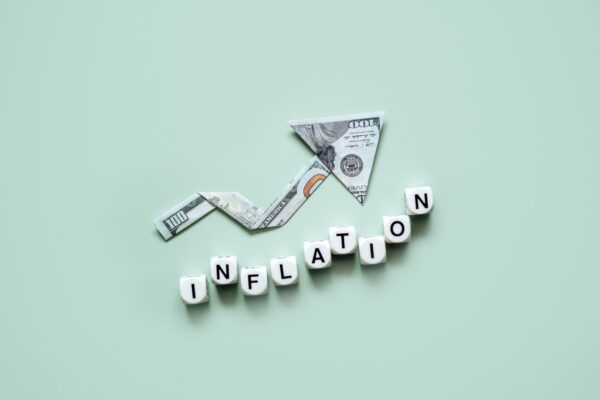Price inflation throughout the Riverside metropolitan area jumped over 1% over the last two months, spurred by higher expenses for gas and shelter, according to a report released Thursday by the U.S. Bureau of Labor Statistics.
The agency’s bimonthly report, which covers northwestern Riverside County, as well as the cities of Ontario and San Bernardino, indicated that the metro area’s Consumer Price Index was up 1.4%.
Energy prices led the upward trajectory, with a 10.4% increase from the beginning of August to the end of September, followed by prices for general goods and services, which were up 4.2% in the same period, and property rents, which were 2.4% higher.
Rising costs at the fuel pump bore the heaviest influence on the index, while natural gas prices remained low, though that’s likely to change this winter.
Food prices showed a nominal 0.1% dip during the two-month period.
On an annualized basis, the CPI was up 4.9% in the metro area, according to the BLS.
The index showed that rents were among the foremost influences on the index, year-over-year, shooting up nearly 10%, while energy costs climbed 5.1%, largely due to greater electricity expenses.
Meanwhile, food prices were 3.4% higher in the 12-month period ending last month, “led by higher prices for fruits and vegetables and meats, poultry, fish and eggs,” the BLS said.
The BLS report showed pocketbook pressure was up 3.7% nationwide from September 2022 to September 2023.
The current rate of inflation reflects the elevated price trajectory impacting most sectors of the economy. The Riverside metro area hasn’t recorded a comparable inflationary pattern since the local CPI was first published in 2018.
The accelerating consumer price hikes have been blamed by the Biden administration on the war in Ukraine and consequent energy supply disruptions, but critics have pointed to the administration’s restrictive domestic energy policies, as well as excessive spending, including the flood of dollars contained in relief packages, as root causes of inflation.
The national debt is approaching $34 trillion, according to the U.S. Treasury Department. In the last three weeks alone, more than $500 billion has been added to it, according to published reports.
The Federal Reserve’s Open Market Committee has been gradually increasing its benchmark, or target, lending rate since the spring of 2022, though the FOMC suspended action last month, leaving the rate at roughly 5.25%. The hikes are an attempt to soak up excess liquidity and slow spending. Another adjustment is on the table before the end of the year.







